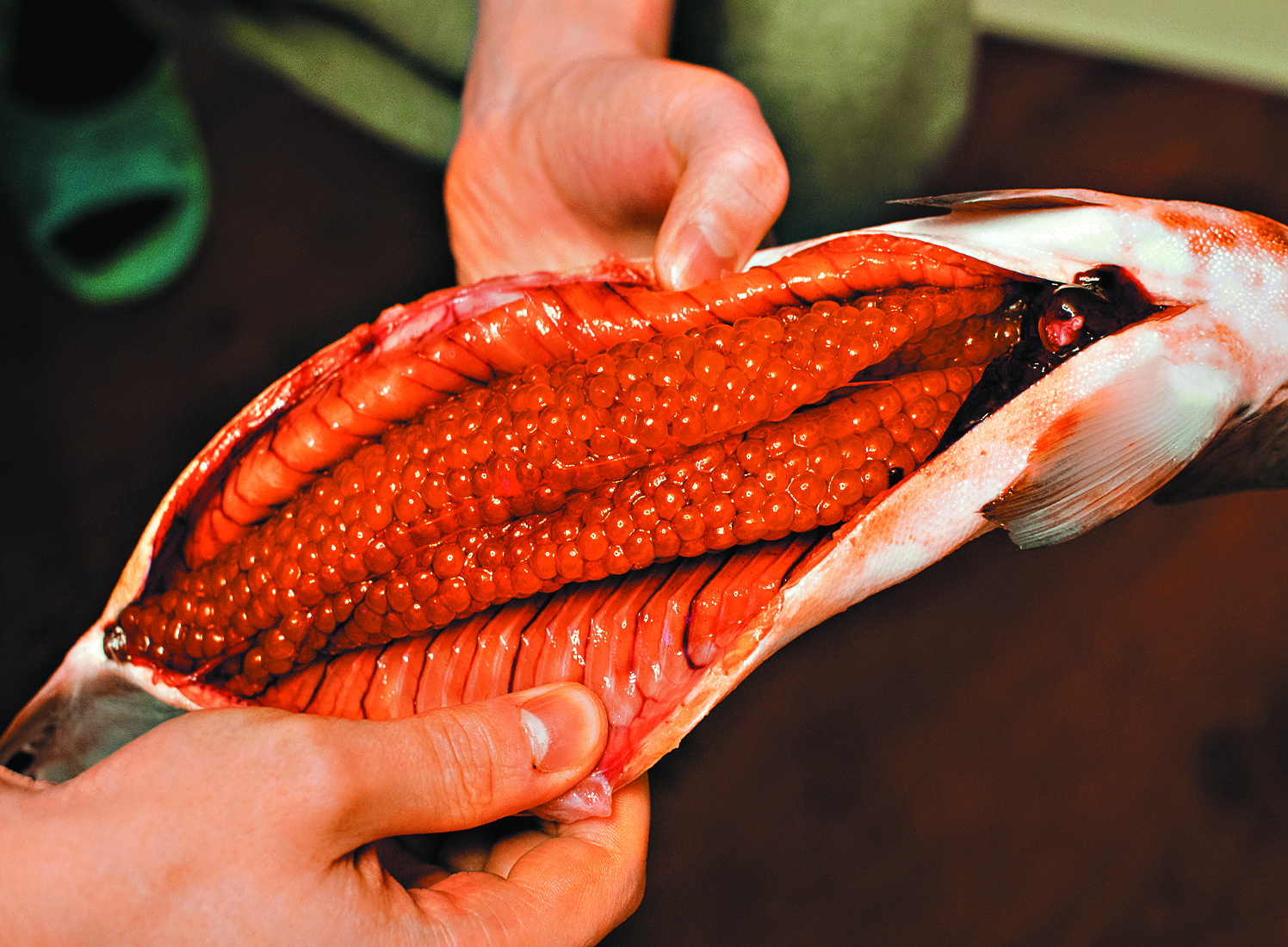Oysters don’t have to be French.
Sakhalin cuisine is unique. It combines elements of Russian, Korean, Japanese and even Manchurian-Chinese cuisine. The locals mostly eat sea food, various fish, wild herbs, and traditional Japanese and Korean dishes. Hemultan (spicy seafood soup) and pyanse (steamed buns with cabbage or meat filling) are staple food in Sakhalin, just like borscht or pirozhki are elsewhere in Russia.

In Sakhalin, traditional Russian dishes are replaced by Korean cuisine. The culinary traditions came to Sakhalin in the 20th century, when Korean settlers arrived on the island during the Japanese mobilization.
People love to cook Korean dishes here, and they do it well, in restaurants and homes alike. And yet, Sakhalin cuisine differs from the dishes served in Korea. Sakhalin Korean food is considered to be the real food of peasants, that has maintained its authenticity due to the way the island acts as a kind of reserve.

It is fairly simple to cook such dishes because you can find many ingredients in the sea and right under your feet: orlyak fern, wild leek, burdock, seaweed, and grapes. In addition, there is a great variety of seafood, meat, and rice (which is the staple).
The main difference between Sakhalin and Korean cuisine is panchan. These are snacks that are served as side dishes. The Sakhalin panchan is unique, and such snacks and salads can be found nowhere else in the world. For instance, you can find the following at the Sakhalin market and stores: snails and cucumbers in spicy sauce, khe made with pollock, roasted fern with sesame oil and fried onion dressing, sweet seaweed, dried spicy pollock, sprouted soy (mash-mash), burdock salad, dried spicy anchovy, combu maki (fish wrapped in sweet seaweed leaves), and many other salads and side dishes. In specialized departments, there are homemade tubu (the same as tofu), chaltok (soft balls made of rice flour with red bean filling), yellow marinated radish, takuan, and various Korean sauces and dressings, such as soy pastes, kochudyan and samdyan.

The culinary traditions of Korea came to Sakhalin in the 20th century, when Korean settlers arrived on the island during the Japanese mobilization.
You can also find a lot of produce from Japan and Korea at supermarkets and street markets. Among them are all sorts of sweets: candy, cookies, ice cream and dozens of sauces, tasty instant noodles of great quality, and other snacks and drinks. At fish markets, you can buy caviar, red and white fish, octopus, calamari, whole crabs, whelk, shrimp and dried smelt. You must buy and try bilberry syrup, as well — you won’t forget its tangy, bright flavor and smell.
This, of course, doesn’t mean that people don’t like the usual Russian and European dishes on Sakhalin. But even traditional recipes have a local island zest. For instance, one of the restaurants in Yuzhno-Sakhalinsk offers black pelmeni with Kamchatka crab filling or pelmeni filled with pork and kimchi. Another Sakhalin establishment serves pizza called Kimchizhar, with pork and kimchi toppings instead of traditional Italian pepperoni.
TLR


